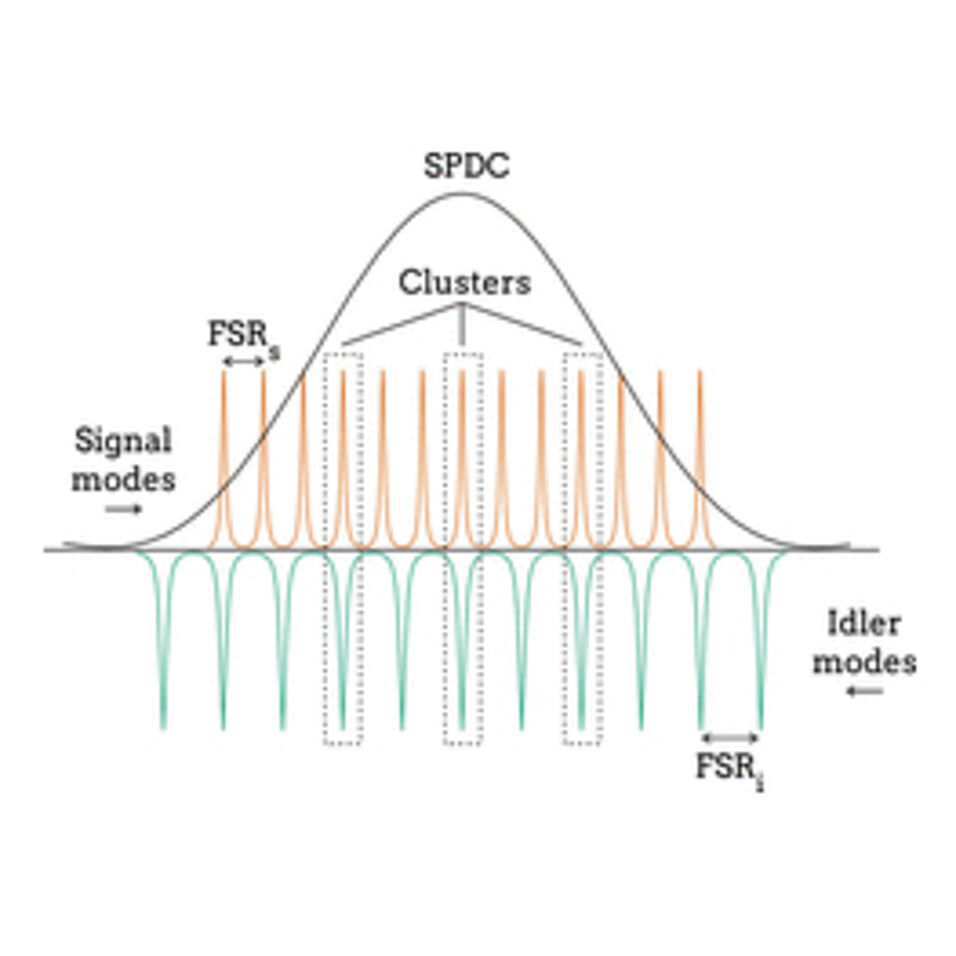Cavity-enhanced spontaneous parametric down-conversion is capable of efficient generation of single photons with suitable spectral properties for interfacing with the atoms. However, beside the remarkable progress of this technique, multimode longitudinal emission remains a major drawback. Here, we demonstrate a bright source of single photons that overcomes this limitation by a novel mode-selection technique based on the introduction of an additional birefringent element to the cavity. This enables us to tune the double resonance condition independent of the phase matching and thus to achieve single-mode operation without mode filters. Our source emits single-frequency-mode photons at 852 nm, which is compatible to the Cs D2 line, with a bandwidth of 10.9 MHz and a detected photon-pair rate of 2.5 kHz at 10 mW of pump power, while maintaining g(2)(0) = 0.13. The efficiency of our source is further underlined by detecting a four-photon rate of 0.28 Hz at 20 mW of pump power. These detected rates correspond to a photon-pair generation rate of 47.5 Hz, and a four-photon generation rate of 37 Hz. Such photon generation rates open up a variety of new applications reaching from hybrid light-matter interactions to optical quantum information tasks based on long temporal coherence.
View full text: here.
APL Photonics 4, 090804 (2019).

